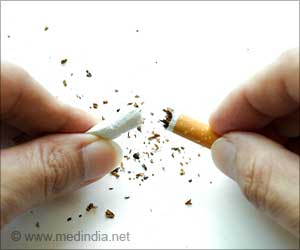The number of examinations on the use of intoxicants in sexual offences within their area increased 10-fold between 1997 and 2006
The number of examinations on the use of intoxicants in sexual offences within their area increased 10-fold between 1997 and 2006, according to a study by the Bonn Institute for Forensic Medicine.
In the current edition of Deutsches Ärzteblatt International, Burkhard Madea and Frank Musshoff present the modes of action and the detection windows for the most frequent substances (Dtsch Arztebl Int 2009; 106 (20): 341-347).Many substances can be used as knock-out drugs, for example alcohol and liquid ecstasy. However, the most important are benzodiazepines and other hypnotics, which can act within 10 minutes. The victims report disturbed perception, a dazed feeling, nausea, disinhibition and lack of willpower. This was often followed by loss of consciousness for several hours, so that the victim could not remember the incident. It is often difficult to detect knock-out drugs, as they are rapidly broken down by the body. Benzodiazepines can be detected in the blood for a maximum of 24 hours and liquid ecstasy for only 8 hours.
For this reason, if the administration of knock-out drugs is suspected, 100 mL urine and at least 10 mL blood should be taken as quickly as possible. If the interval between the incident and the medical examination is longer, a hair sample should be taken. This can be done up to 4 weeks after the incident. Involuntarily taken drugs are only detected in routine testing after 2% of offences.
Source-Eurekalert
RAS










